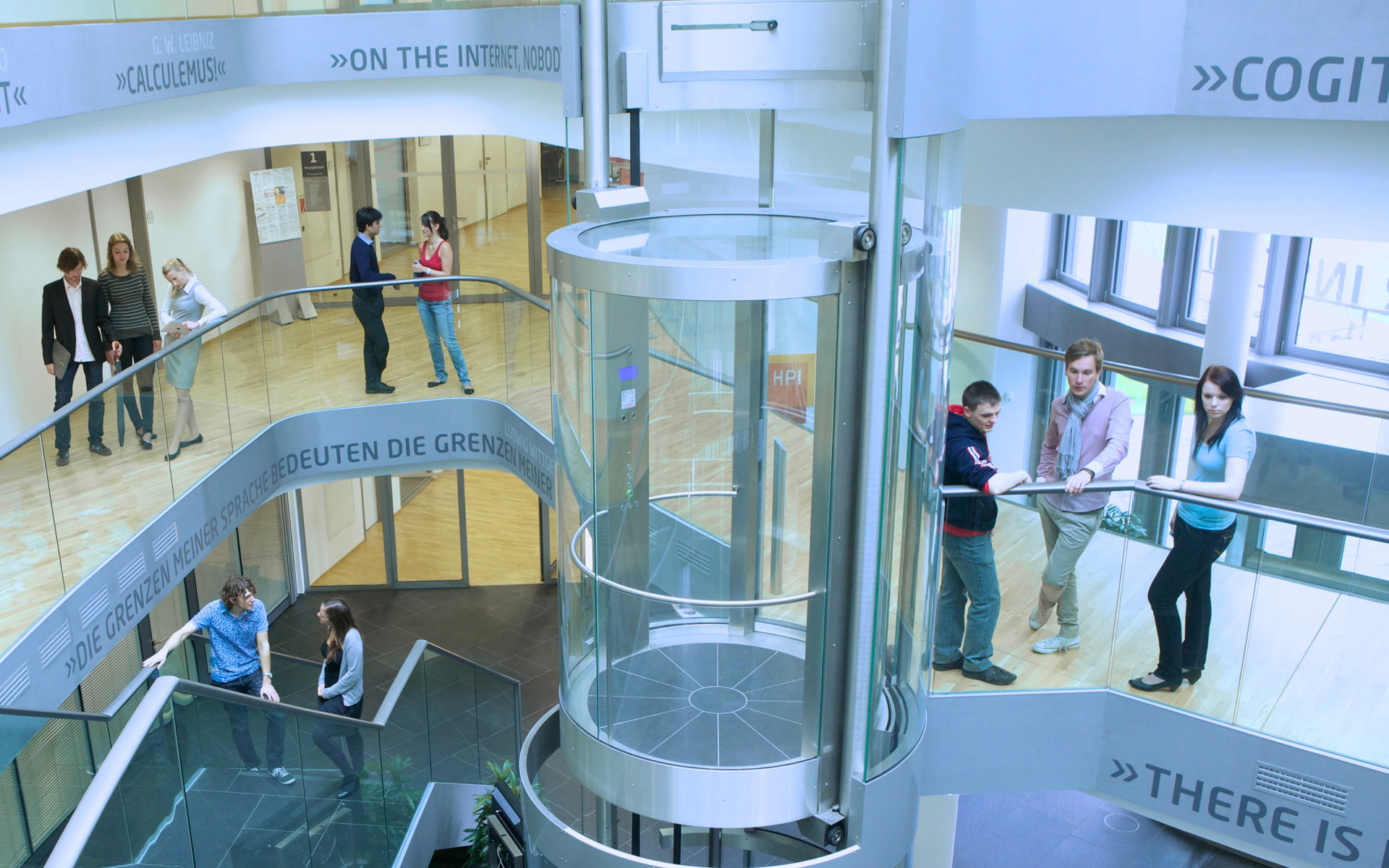Tim Repke had successfully defended his Ph.D. dissertation on June 8th, 2022 at the HPI! His work is focused on the topic "Machine-learning-assisted Corpus Exploration and Visualisation".
Short Abstract of his work:
Text collections, such as corpora of books, research articles, news, or business documents are an important resource for knowledge discovery. Exploring large document collections by hand is a cumbersome but necessary task to gain new insights and find relevant information. Our digitised society allows us to utilise algorithms to support the information seeking process, for example with the help of retrieval or recommender systems. However, these systems only provide selective views of the data and require some prior knowledge to issue meaningful queries and asses a system's response. The advancements of machine learning allow us to reduce this gap and better assist the information seeking process. For example, instead of sighting countless business documents by hand, journalists and investigators can employ natural language processing techniques, such as named entity recognition. Although this greatly improves the capabilities of a data exploration platform, the wealth of information is still overwhelming. An overview of the entirety of a dataset in the form of a two-dimensional map-like visualisation may help to circumvent this issue. Such overviews enable novel interaction paradigms for users, which are similar to the exploration of digital geographical maps. In particular, they can provide valuable context by indicating how a piece of information fits into the bigger picture.
This thesis proposes algorithms that appropriately pre-process heterogeneous documents and compute the layout for datasets of all kinds. Traditionally, given high-dimensional semantic representations of the data, so-called dimensionality reduction algorithms are used to compute a layout of the data on a two-dimensional canvas. In this thesis, we focus on text corpora and go beyond only projecting the inherent semantic structure itself. Therefore, we propose three dimensionality reduction approaches that incorporate additional information into the layout process:
(1) a multi-objective dimensionality reduction algorithm to jointly visualise semantic information with inherent network information derived from the underlying data;
(2) a comparison of initialisation strategies for different dimensionality reduction algorithms to generate a series of layouts for corpora that grow and evolve over time;
(3) and an algorithm that updates existing layouts by incorporating user feedback provided by pointwise drag-and-drop edits.
This thesis also contains system prototypes to demonstrate the proposed technologies, including pre-processing and layout of the data and presentation in interactive user interfaces.

